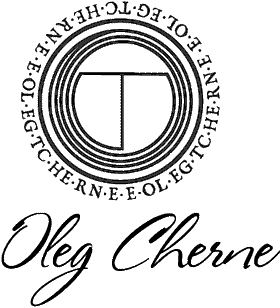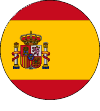Method
The method is a self-development strategy aimed at the formation of aligned conditions required for practical knowledge. The method is an algorithm that organizes into a matrix the five laws necessary to achieve change. This is accomplished through the sequential-parallel organization of physical, energetic, and mental processes.
Five Laws Needed for Change
+Replenishment
To understand replenishment means to understand the first step. A person is physiologically dependent on replenishment: eating, breathing, moving, and thinking. The need to replenish essentially makes us dependent on the external space. If we don’t change the original, i.e., birth space-dependent replenishment of our energy structure, we often become hostages to uncontrollable states. Therefore, it is important we learn to depend more on the inner, the kind of replenishment that we are able to produce, control, and assimilate ourselves.
+Proportion
In order to change the conditions of interaction with the inner space, it is important to learn the laws of inner proportions. Proportion determines the possibility of energy recovery and leads a person to a state of inner sufficiency. If there is proportion, one develops energy, if not, it collapses. The development of proportion is a practical art that shapes the architecture of the body.
+Synchronization
Harmony is a condition of the physical, energetic, and mental synchronization of the body, energy, and mind. Development is quite symbolic until we understand the physics of harmony, at which point the changes are put into practice. When we understand the measure of harmony, we reach a state of synchronization, of inner engagement. The axis is peace, focus, and strength; it is the condition to live in a body with aligned energy whose frequencies regulate the state of the entire body.
+Concentration
The greatest accomplishment a person can achieve is the knowledge of concentration, as it is the highest frequency effort within the power of the human brain. Concentration opens us to all kinds of transformations. Only those who have really mastered concentration can advance in practice, as they become aware of concepts such as measure and deepening. This creates better thought processes and better relations. The development of concentration is primarily related to the development of the brain and the refinement of its geometry.
+Rhythm
It is impossible to know development without the rhythm which directly forms the technology of development. Rhythm is the very foundation of our entire existence. We breathe, speak, move, and think according to a rhythm or the way it is expressed. Rhythm shapes the whole process of our lives and leads us to our sense of self.
While we depend on rhythm, participate in it, and express certain rhythmic patterns, we usually do not express knowledge of rhythm. Rhythm is the basis of music, its measure, but the rhythm is also the basis of nurturing effort.
We learn rhythm in order to know our true nature and then learn to interact with the higher properties of our Universe, whose language is the codes encapsulated in one rhythm or another.
The art of learning
The art of learning is the most important condition for the comprehension of knowledge, without which the process of learning is fragmented into many conditions, objective and subjective. The art of learning is a map of the approach to the process of development, consisting of the existing and acquired conditions and factors that influence this process.
When we seek to know and even more so to develop ourselves, we must consider the nature of the person, their gender, age, living environment, upbringing, and, of course, formed or unformed mentality.
Any development must begin with an understanding of the art of learning. Without it, it is impossible to build up the process of learning, it becomes formal, not endowed with the necessary effort, and, consequently, does not lead to deepening.
The art of learning must lead one to the real dimension of knowledge – the knowledge of the method of development.
Method >> Blog
-
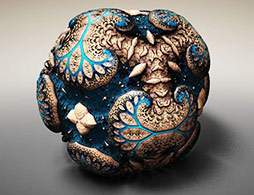
Interaction with the Prenatal Energy of the Practitioner
More detailsSpace is a special unit of existence of the macrocosm, in which, in addition to the concept of three-dimensional space, there is an integral space. It forms temporal and timeless factors of existence in space. […]
-
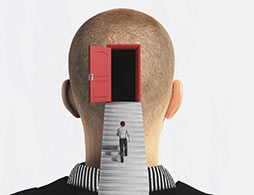
Remarks on development
More detailsA few remarks on current development issues, which I can discuss from the perspective of my 45-year practice experience and after 40 years of teaching people. First, what I consider to be real development. Development […]
-
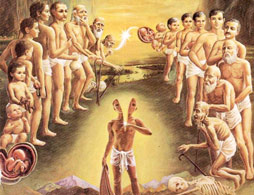
Development criteria
More detailsDevelopment is a profound concept denoting an unlimited process. It involves an increase in conscious effort, which determines not only the possibility or impossibility of being on the path of cognition, but also the formation […]
-

The Art of Learning
More detailsThe art of learning is a conceptual condition for improvement. The guiding principle and the main task of the art of leaning is personal improvement. This unconditional human feature finds expression first of all in […]
